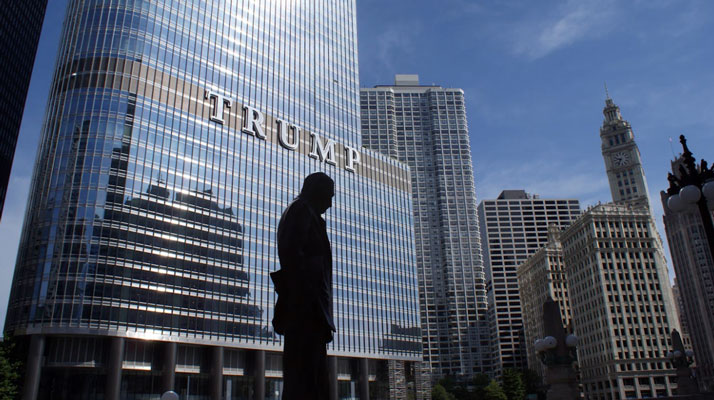Donald Trump has never been shy about making big promises, especially when it comes to the economy. With his eyes set on a potential return to the White House in 2025, Trump has outlined an economic vision that’s both bold and controversial. But what does it all mean for small, local businesses?
Here’s a closer look at how his plans might play out on Main Street.
The Tax Plan
Trump has consistently pushed for lower taxes. During his presidency, he made sweeping changes to the tax code. He eased burdens on corporations and many small businesses. Trumponomics plays a major role here, emphasizing tax cuts as a way to drive growth and boost cash flow for businesses. For local business owners, tax savings often mean more cash flow. More cash means opportunities for expansion, hiring, or simply staying afloat.
But there’s another side to it. Lower taxes also mean less revenue for the government. Critics argue that this could lead to reduced public services. Roads, schools, and infrastructure might feel the pinch. For businesses relying on these services, the benefits could be limited. It’s a double-edged sword.
Deregulation and its Impact
Trump is a strong advocate for deregulation. He has often said that excessive rules hold back businesses, especially small ones. His vision for 2025 includes even more cuts to regulations. This could make it easier for local businesses to operate. Permits and paperwork could become less of a burden.
However, fewer regulations might have other effects. Consumer protections, environmental standards, and worker safety rules could be rolled back. Not everyone sees this as a positive. For some business owners, maintaining trust with their customers is key. If deregulation leads to problems in public perception, it might hurt more than it helps.
The Threat of a Recession
One concern hanging over Trump’s 2025 vision is the possibility of a recession. Economies move in cycles. Many experts warn that the next downturn could hit within a few years. Trump’s policies, while aimed at growth, may not protect small businesses if the economy slumps.
Smaller businesses are often the first to feel the effects of a recession. People cut spending. Loans become harder to get. Profits shrink. While Trump’s proposed tax cuts might offer some temporary relief, they may not be enough to weather a broader economic storm. Local businesses will need to plan carefully to avoid the worst-case scenarios.
Health Care and Labor Costs
Trump has often criticized government intervention in health care. His plans for 2025 lean toward less government involvement and more private competition. This could change how businesses handle employee benefits. For small businesses, health insurance is a big expense. If Trump’s vision reduces costs for employers, it could be a welcome break for many.
On the flip side, changes to health care could destabilize what employees depend on. Workers may demand higher wages or look for jobs that offer better benefits. Labor costs might rise, creating a new challenge for business owners. Balancing these shifts will be tricky.
The Role of Trade Wars
Trade wars were a hallmark of Trump’s first term. His tariffs on goods from countries like China had a huge impact on businesses. Some industries benefited from protected markets. Others faced higher costs for importing materials. For many local businesses, trade wars created uncertainty.
Trump’s 2025 vision might bring more of the same. He has hinted at protecting American industries through new tariffs. Local manufacturers could benefit. But retailers and businesses reliant on imports might see higher prices. This could lead to tough decisions. Do they absorb the added costs or pass them on to customers? It’s a gamble either way.
The Hiring Puzzle
Trump’s focus on growing the economy means creating jobs. For local businesses, this could mean a larger pool of potential customers with money to spend. But it could also mean higher competition for workers. If wages rise too quickly, it could squeeze profit margins.
The labor market is already tight in a lot of areas, making it tough for small businesses to find skilled workers. Immigration policy, a big focus of Trump’s platform, could have a major impact here. Stricter rules might reduce the number of workers available for industries that rely on them. Businesses may need to come up with new strategies to adjust.
What’s Next for Main Street?
Trump’s economic ideas are ambitious, but they’re also polarizing. On one hand, they could unlock new opportunities for growth. Tax cuts, deregulation, and a pro-business mindset could help many entrepreneurs thrive.
On the other hand, the risks are significant. A potential recession, trade wars, and labor challenges could hurt the very businesses he aims to support. Success will depend on how flexible local business owners can be. They’ll need to watch the economy closely, plan for uncertainty, and find creative solutions to new problems.
For now, there are more questions than answers. But one thing is sure. Whether you agree with Trump’s vision or not, his policies will have a big impact on Main Street businesses in the years to come.








